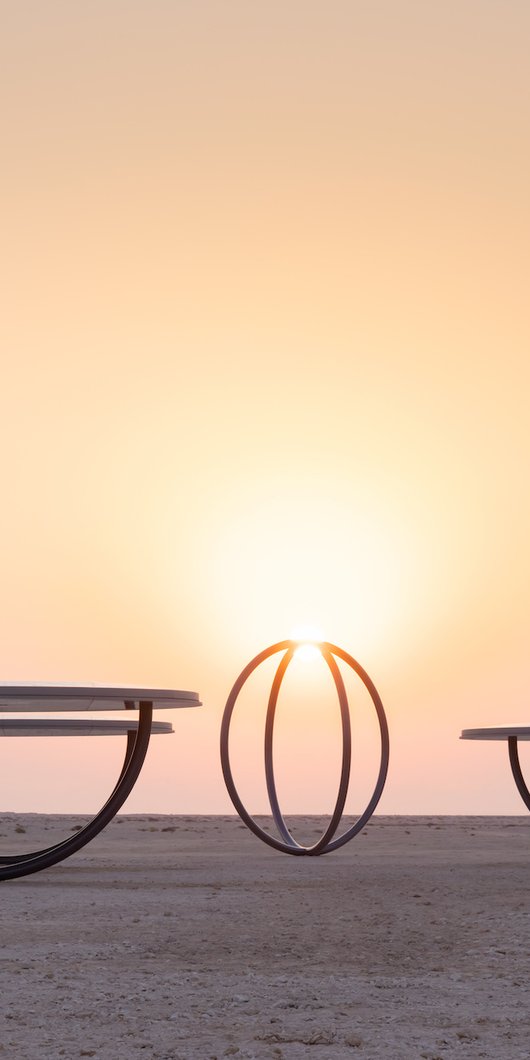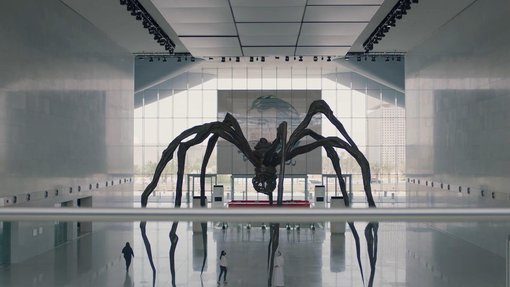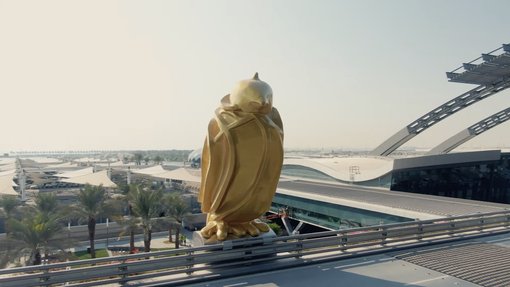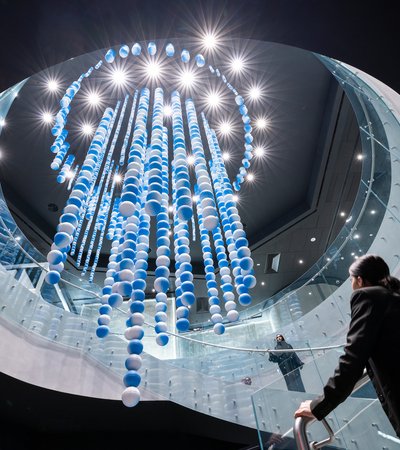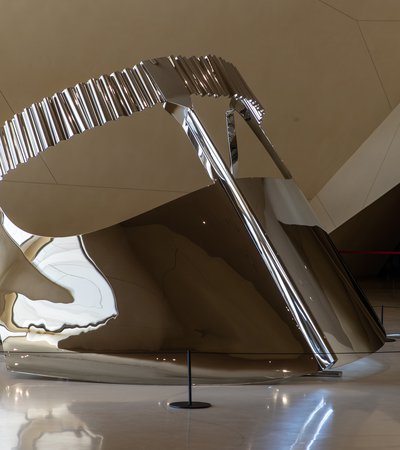The Assignment
We tasked ChatGPT with creating a list — in English — of the top 10 most amazing facts about public art in Qatar. (Although we attempted a similar request in Arabic, the outcome was not encouraging.)
The Process
- In our initial attempt, we approached ChatGPT with a request to develop a "list of top 10 amazing facts about public art in Qatar." While the response was fast, the results were somewhat inadequate, lacking actual verifiable "facts."
- To address this, we tried modifying the question to ask for a "list of top 10 amazing facts and statistics about public art in Qatar." This yielded an improved list, though not yet perfect.
- Consequently, we decided to amalgamate both sets of results, selecting points that appeared as interesting facts or contained statistical data.
- Finally, we compiled a structured list comprising 10 points and shared it with our colleagues in the Public Art Department at Qatar Museums for fact-checking and general review.
